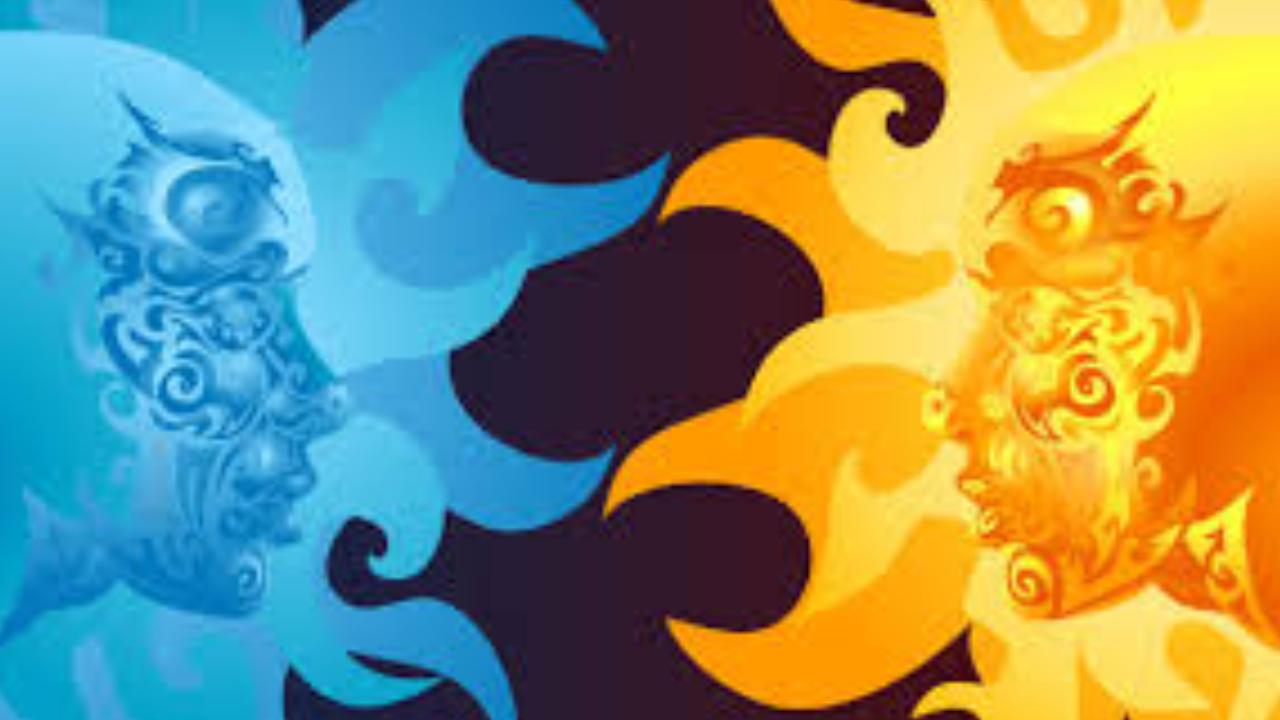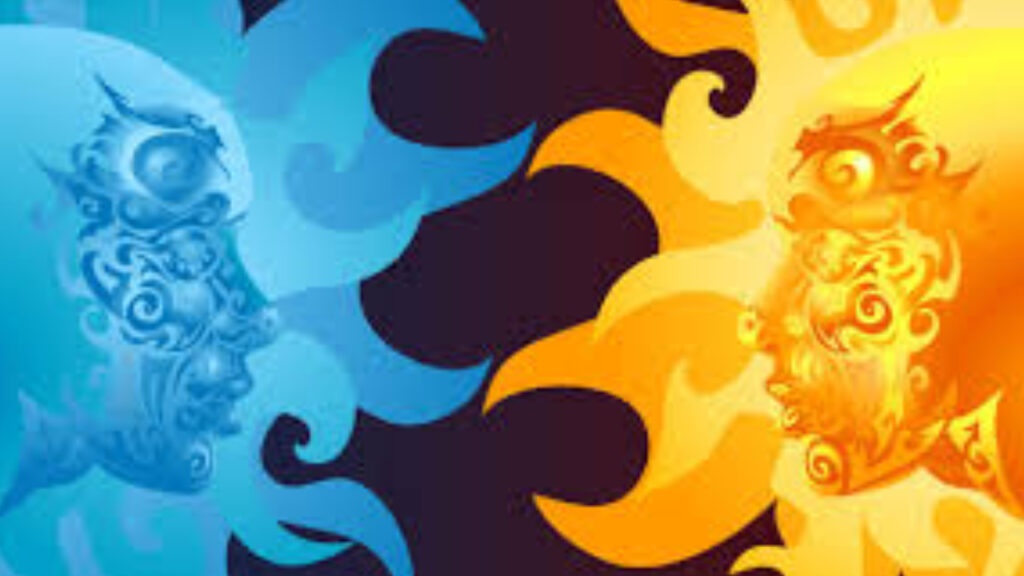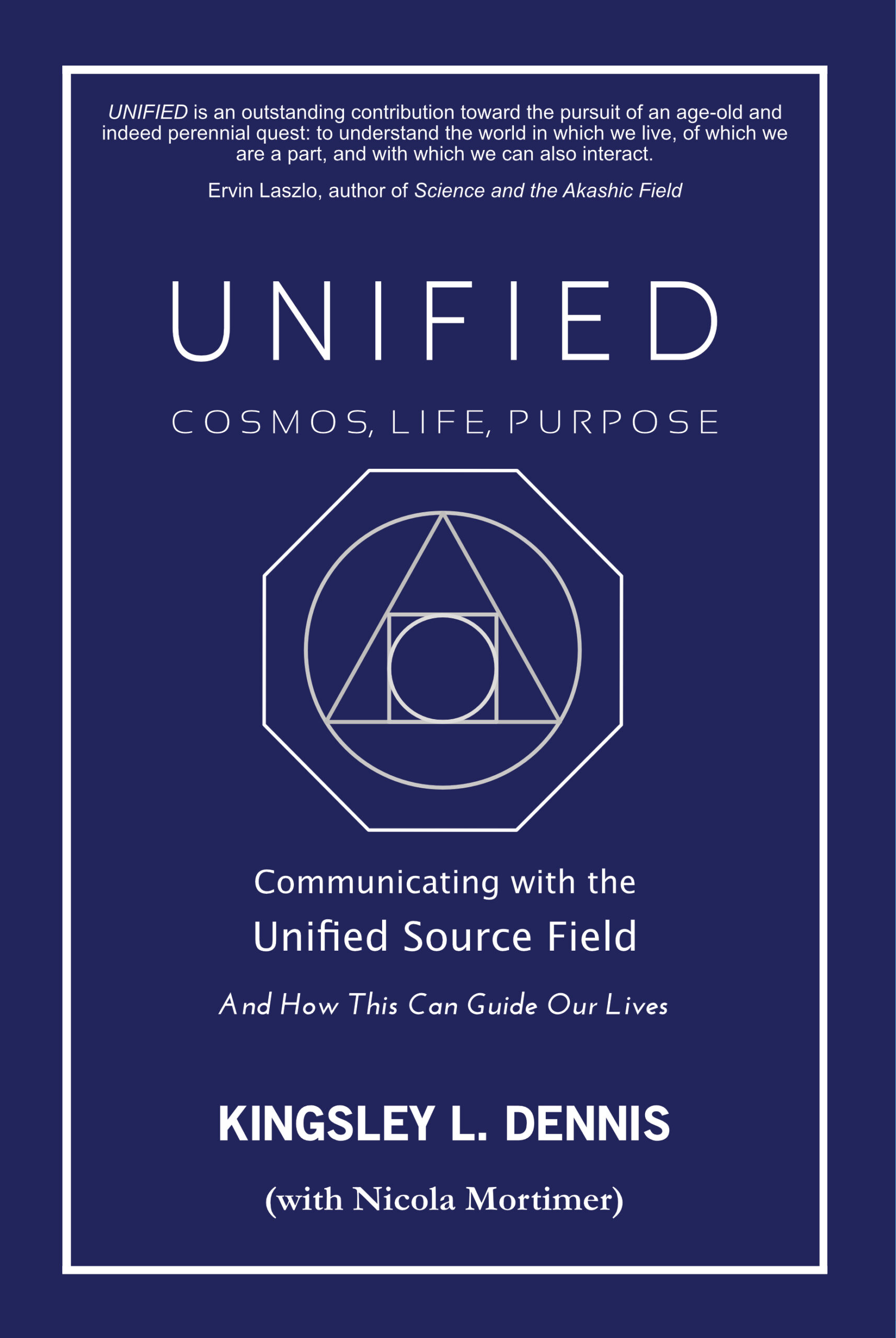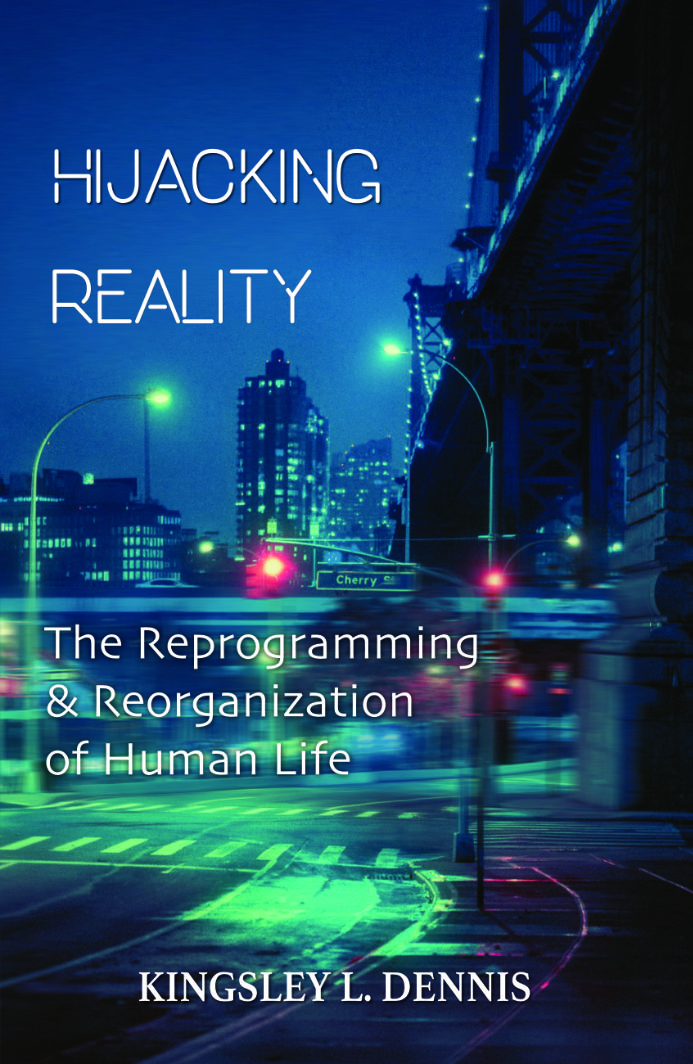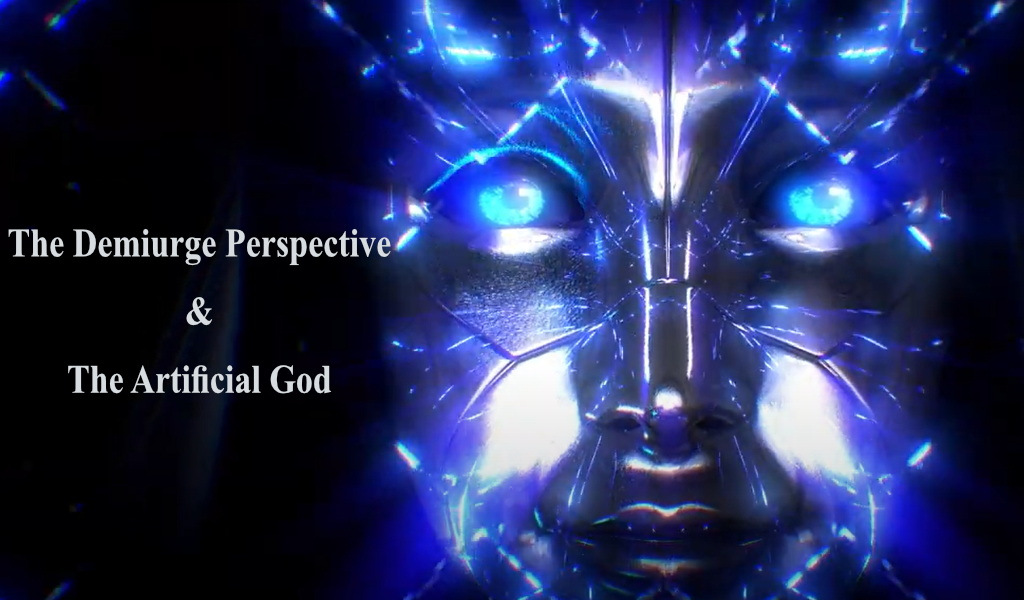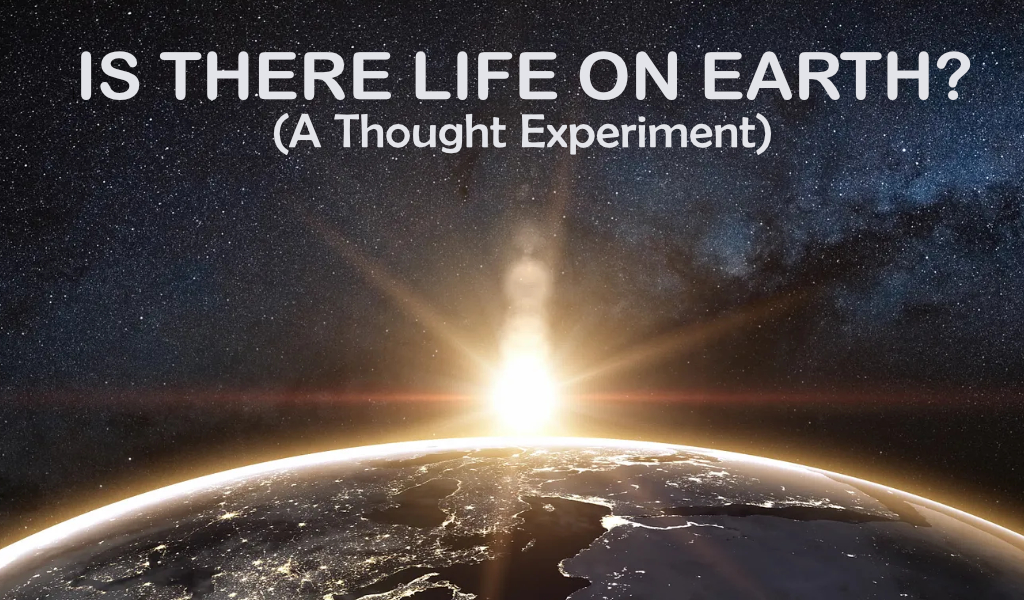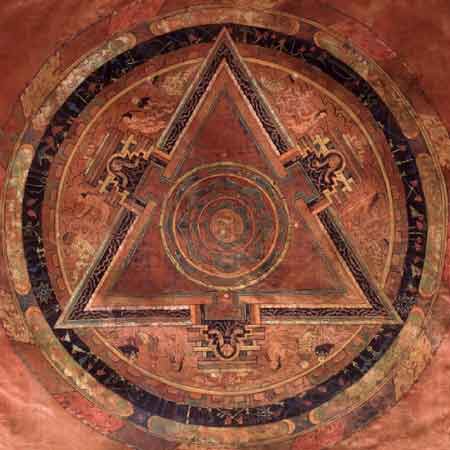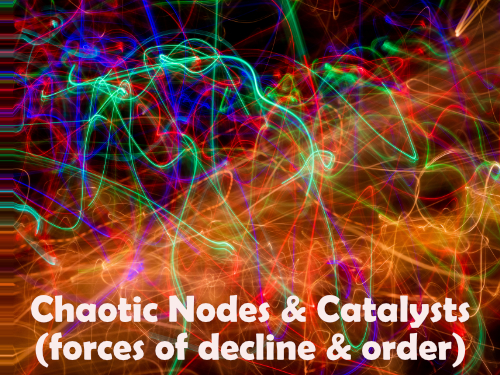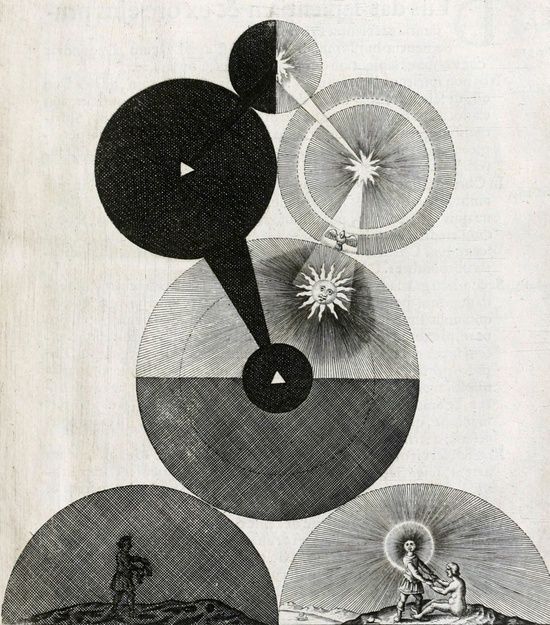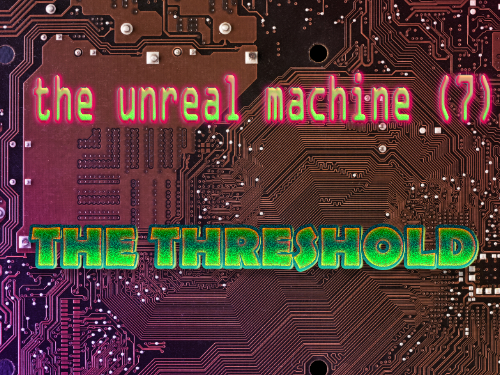‘The profound thought that lies in this is that the kingdom of darkness has to be overcome by the kingdom of light, not by means of punishment, but through mildness; not by resisting evil, but by uniting with it in order to redeem evil as such. Because a part of the light enters into evil, the evil itself is overcome.
Rudolf Steiner (November 11th, 1904)
It was noted in the previous essay (‘The Hidden Forces of Life, Pt.2’) how each aeon, or major period of history, brings with it a particular mode of consciousness; and each of these periods framed how people perceived the world around them and the forces within it. Such periods establish what we may call ‘consciousness structures’ (reality or belief sets) that then influence the worldviews, behaviours, and environments that emerge from this. This affects how cultures and communities are formed; how value systems are agreed upon; and other moral and ethical implications. In each period there are varying frameworks for how concepts such as ‘good’ and ‘bad,’ for example, are viewed. What was once accepted as a ‘good thing’ or an ‘evil thing’ change over time and in relation to our social-cultural groupings. At each period of human history, the contestations between the ‘good’ and the ‘bad’ take place within the emblems and motifs of the time. This is one of the constant struggles within the emergence of material existence. Similarly, certain human values are conditioned and promoted within cultures as part of their exterior growth, such as killing in the name of your culture/king/ leader, etc. Even today, such values are much misaligned for there are people who still hold conditioning belief sets that value religious martyrdom or killing in the name of one’s country (warfare) as a positive good. Phenomena remains largely consistent, yet the mode of interpretation shifts according to the time, the place, and the people.
This relationship of phenomena and its shifting interpretation can also be seen in regard to energies and forces – in other words, as non-personified forms. Since remotest antiquity the polarity or dualistic struggle within existence has been framed as the Light vs. the Dark. This is a verifiable distinction as all materiality exhibits these light/dark distinctions; from day/night; black/white; awake/asleep; alive/dead; positive/negative; active/passive, and so on. Yet these light/dark distinctions only take on their ‘good’ or ‘bad’ characteristics when designated by human beings. The atom with its positive proton and negative electron are not deemed as the ‘good’ proton and the ‘bad’ electron; rather, they are energetic dualities necessary for holding form. In other words, the classic light/dark distinctions are not to be automatically (and sloppily) categorized as being also the good/bad (or good/evil). There are, without doubt, people and actions that can be designated as evil; yet these are separate formations from the ongoing light/dark dualities. Within our manifested reality, the Light and the Dark are both necessary for life to function and to continue to evolve. In terms of Light/Dark, both principles stand opposite to each other in a way that does not allow their differences to be diminished or resolved. They are meant to exist in stark dualism. They are extreme in that their essence is contrary in equal measure to the other. Light is as light just as the dark is dark. They are essential dualisms in equal measure – a polarity of two creative principles. They are not in opposition in a hierarchical structure (i.e., one is ‘higher’ than the other) but as counter poles to each other. This is a dynamic dualism. It is the interaction between them that changes rather than the essence of each.
Gnostic teachings historically place the dark and light within a vertical hierarchy where the light occupies a higher state/principle as opposed to the dark. If we consider the Light/Dark as operative principles within an integrated whole – just as day and night – then neither one is essentially good nor bad/evil. Perhaps we can view how people align themselves with certain principles pertaining more to one component over the other as being a choice to join with ‘good’ or ‘evil’ aspects. We may refer to this within the framework of the spirit-matter dialectic.
The Spiritual Dialectic
In an earlier essay of mine – Toward Synthesis (2014)[i] – I stated how movement and change is often symbolized through struggle and opposition. In social-historical terms, there have been struggle and opposition between class relations, politics, and more, that have been the cause of varied revolutions (the revolution bringing about the ‘resolution’). This notion of oppositional struggle to create a third force of resolution is known as a dialectic. That is, the thesis (force) and its antithesis (opposing force) create a synthesis (resolution). The dialectic struggle was developed by the German philosopher Georg Hegel who wrote that the mind or spirit manifested itself in a set of contradictions and oppositions that were ultimately integrated and united in synthesis. For Hegel, the synthesis (the absolute), must always pass through a stage of opposition in its journey to completion and truth. On a material level, Hegel viewed this dialectic relationship as the process by which human history unfolds. That is, history (social evolution) progresses as a struggle between two opposing forces toward a developmental state of resolution. According to Hegel, the main characteristic of resolution-in-unity was that it evolved through contradiction and denial. These struggles, says Hegel, can be found in most social domains such as history, philosophy, art, nature, and even consciousness. Hegel’s thinking was highly influenced by the lesser-known writings of German Christian mystic Jacob Böhme. Böhme’s inner visions led him to create a cosmology where it was necessary for humanity to return to God. These states of conflict would be a necessary stage in the further completion of the evolution of the universe. Humanity’s free will in this separation, conflict, and resolution was the most important gift that God could give to us. In other words, it would be our own responsibility – and a privileged responsibility at that – to work toward our reconciliation through struggle and the opposing forces of resistance.
In a similar manner, the teachings of Greek-Armenian philosopher-mystic George Gurdjieff also describe a dialectic relationship through the oppositional forces of Holy Affirming and Holy Denying leading to a Holy Reconciling. Gurdjieff referred to this as the ‘Law of Three.’ In this context, we can see how a coming together of contradictory impulses – such as mind and spirit – would lead to a resolution that would not only be an integration of these contradictory forces but at the same time a resolution/synthesis greater than the sum of its parts. This dialectical approach suggests that every idea (thesis) gives rise to a counter idea (antithesis) and the original idea and counter idea merge to give rise to a new idea (synthesis). Or, using Gurdjieff’s terminology, the Holy-Affirming force attracts a Holy-Denying force, and this contestation leads to a resolution of the Holy-Reconciling – the active, passive, and unifying (also called the neutral). Some astute commentators have recognized dialectical forces operative upon the world stage:
The practicing “dialecticians” of secret societies and Orders know very well that if one wants to launch into a world-wide adventure on one side, it is necessary to create for oneself a counter-effect from the other side. Reduced to its simplest terms, this means that as soon as we let the dogs off the leash on one side, the same has to happen on the other; it will not work otherwise. But the one and the other have to be controlled from a unified centre.1
In this instance, the dialectic oppositions are overseen by an existing ‘unified centre.’ In some form, a ‘third force’ is required in order to represent a resolution. This third force could also emerge from within a mingling of the opposing forces, just as two metals coming together can form an alloy. Such an approach was described in the Manichean teachings.
The teaching of the prophet Mani – known as Manichaeism – proposes the two principles of light and dark as essential dualisms. According to Mani’s teachings, these two dualistic principles work through three epochs. These are: i) Non-interference between light and dark; ii) Interference between both principles and the mingling of light and darkness; iii) Separation between light and darkness.[ii] A distinctive feature of Manichaeism’s dualism is in its dynamic aspect – the mingling. These two principles are not at rest (this was only when in the first epoch of non-interference); now they are in ever-stronger interaction with one another. This intermingling is what results in matter, which incorporates both aspects of the light and dark. Mani describes this as the darkness devouring the light beings in a kind of metabolic process whereby one substance takes and integrates the other into itself. In this understanding, these dual principles are equal in their status yet opposed to each other in their nature. This means that they occupy equal rank within the participation of the creation process, and matter reality (materiality) is an infusion of the two. Without their participation, interaction, and interplay, no creation would have been possible. The collaboration of light and dark is what constitutes creation and not one without the other. What this ultimately leads to is the message that both light and darkness are necessary for the creative process. This material world is not the realm of dark forces alone, as certain Gnostic teachings posit, but is formed when light beings/energies become mingled with the darkness. Material existence is an interplay, or collaboration, between the forces/energies of light and darkness, albeit in accordance with their separate natures. Yet their interaction, which can also be seen as conflict at times, is necessary for the continued evolution within matter-reality.
Why the Energies of Conflict are a Necessary Part of Growth
The light and the darkness are both aspects of creative energies in their own right. It is helpful to consider that when we engage with the exterior physical world, we are being met with contrasts and polarities. It is these contrasts that create the tangible frictions in life which enable events to unfold and develop. As it is said: nothing grows in a vacuum. Contrasts, dualisms, and polarities do not imply that they never meet (as in ‘never the twain shall meet’). Instead, we can consider that these contrasts are intermingled together to form the mixture – the material reality – which is a combination of light and dark energies rather than these being stand alone, or stand offish, elements. In this, the dynamic of opposition is transformed into a dynamic of interaction. When this interaction is stabilized, we can say that the dualism is momentarily neutralized so that a balanced unity is formed where light and dark are in equilibrium. This state is only maintained for a period until a new imbalance emerges that plunges matter-reality into a new excited state of mutual dynamic interaction and the whole cycle repeats itself until a new order of equilibrium and balance is restored. At each cycle of dynamic interaction and balance, evolvement results and there is a period of development. It is from a state of heightened perception that this arrangement of duality is perceived and understood as being intrinsic to the whole unity. From a state of lower consciousness, it all appears as continual dualistic polarization. It is the intermingling of light and dark energies that allow for a transfiguration into a new condition or state. In Manichaeism, there is no ‘punishment’ or resistance of evil but rather a uniting with it so as to redeem evil. Because a part of the light enters into evil, the evil itself is overcome.
The Austrian mystic and philosopher Rudolf Steiner shared the Manichaean perspective in that evil forces have a role to play in creative life and evolution. What we regard as evil is not foreign or external to processes of life evolution. On the contrary, they are required and are integral to the cosmos. Such forces will also, according to both Steiner and Mani, eventually be absorbed and transfigured by the forces of light. In this sense, both forces of light and dark are eternal properties. Interestingly, Steiner also refers to evil as an ‘ill-timed good’ – ‘What is evil? Nothing but an ill-timed good…So we see that evil is nothing else than a mis-placed good.’[iii] What this also implies is that if good works (the light) begin to stagnate or turn away (delay) in its path of evolvement, it too can at the wrong moment – the ‘ill-timing’ – turn into darkness. In a sense, life and form – spirit and matter – are aspects of the light and dark collaboration. The Manichaean intention, as it is referred to, appears to indicate a triumph of transfiguration of spirit (light) over matter (darkness). The role of the spirit-endowed human being is thus to transform the darkness through the spiritualization of matter. The inner being of the individual is here guided to overcome (and thus transform) the trappings of materialism and materiality. The continued advancement into a technologized future represents a deepening into materialism and the forces of darkness. The true light is now being opposed by the artificial light (the mimicry) of electricity (sub-Nature). As we know, technological infrastructures are fuelled/fed by electricity – the antithesis of natural light. The challenge facing humanity here is utilizing the physical body as a vessel for light (the ‘light body’), potentially through a heightened energization of the bodily cells, which incidentally already emit bio-photon fields, in order to oppose the development of a ‘cyborg’ body enmeshed within material technology.
It may be that the drive into technology will be led by the false ‘I’ or persona/ego of the human being. Therefore, the transformation of the dark to light also applies to the shedding of the human ego and false personality towards the full flowering of the inner being. The inner being (the body of light) requires freedom, authenticity, and expression. The antithesis to this is the automaton – the robosapien. The auto-addict, disempowered, unthinking individual, is the ‘slave to other’ and hence a slave to unbeing. This is what the darker forces are aiming for in their radical attempt to not only desensitize and dumb down humanity but also in their intention to attach existing humans into a tech-transhumanist merger. Yet in order for the light to be activated to full potential, it is likely that the dark forces will first push their agenda to the extreme. On this, Steiner has said: ‘It is necessary in the great plan that evil, too, should come to a peak … The good would not be so great a good if it were not to grow through the conquest of evil.’2 The recognition of this situation is what can assist in the transformative process, understanding that a spirit energy is to transfigure the heavier elements of material form. This process of transfiguration is undertaken by assimilating the forces of darkness – evil tendencies – into the human being. It has been said that: ‘Humankind beings must assimilate these forces of evil, which are operative in the universe. By doing so, we implant in our being the seed to experience consciously the life of the spirit…’3 Furthermore, the Manichaean view is that the forces of evil are gaining a continually stronger presence within the inner life of human beings. Yet this also can be regarded as a form of ‘initiation’ for the human individual can come to know the presence and/or power of evil within themselves as part of the process of transmutation and redemption. The beginning steps of transmutation begin through our small daily acts, and in our continual rejection of tempting thoughts and the urges toward committing even the smallest of evil deeds. Through resisting these temptations – these ‘voices’ in our heads – the human being is alchemizing and transmuting the presence and power of the darker forces within material life. That is why it was said that: ‘The aim of Manichaeism is to sublimate human beings to become redeemers.’[iv]
The spiritual dialectic, the understanding of the transmutation of darker energies, is not a theoretical or intellectual concept but only comes alive, along with the knowledge of it, through lived experience. It is out of the lived experience that new forms emerge. Life is an ever continuing and developing process. If it becomes static or stagnant, it withers into a final state of dissolution (or a non-evolutionary path). There are as many states of Ignorance as there are Knowledge – perhaps more so. It may be more accurate to say that our present physical reality is further in the grip of the darker forces than the light. Earthly systems are more geared to serving the structures of Ignorance and Falsehood. For this reason, all genuine endeavours to provide knowledge and guidance on inner development and increased perception are assaulted by the Powers of the world. And yet it is these very assaults that provide the opportunity, and impetus, for real, genuine, developmental work to take place within the human realm. As one commentator stated:
This period is the greatest opportunity that has existed for many thousands of years for “the Work.” Not for thousands of years has there been such a need for people who are able “to work.” The reason for this is that the transition from one system to another can come only through the “third force.” It cannot come from the passive majority or the active minority, from the governed or the power possessors. 4
From this viewpoint, the illusive ‘third force’ enables the transition between systems and/or epochs yet it cannot come from within the components of the passive masses or the few in power. Instead, it acts from those individuals who are prepared and able to be vessels to transmit the spirit-consciousness through them and into material existence.
This is what has been termed as the ‘Work’ by various Traditions. It is the action of guided individuals and/or groups into behaviour, action, and attitude that can serve to bring into materiality certain specific forces required for the ongoing physical and metaphysical evolution of the planet and its inhabitants. Such people/groups neither act as fully entangled within the exterior world nor fully extracted from it. As it is said, they are in the world yet not of the world. Through their presence, certain preparations can be made for the next phase of life; just as the mingled dualisms of light and dark continue to form energies within the furnace of their contestations. Yet such people of the ‘Work’ aim to place themselves beyond these contestations through exhibiting a resonance distinct from the lower vibrations of the exterior world. Amidst the persistent and continuing hidden forces of life, a small number of human beings move in alignment with a greater Necessity.
References
1 Bondarev, G.A. (1993) Crisis of Civilization (2nd Edition). Printed by Wellspring Bookshop: London, p137
2 Cited in Gruwez, Christine (2014) Mani & Rudolf Steiner. Great Barrington, MA: SteinerBooks, p59
3 Cited in Gruwez, Christine (2014) Mani & Rudolf Steiner. Great Barrington, MA: SteinerBooks, p60
4 Cited in Author’s notes – unknown source
[i] See – https://kingsleydennis.com/toward-synthesis/
[ii] This cosmology is described in the Cologne Mani Codex.
[iii] From a speech Steiner gave on November 11th, 1904 (CW 93)
[iv] From a speech Steiner gave on May 16th, 1906 (CW 94)

